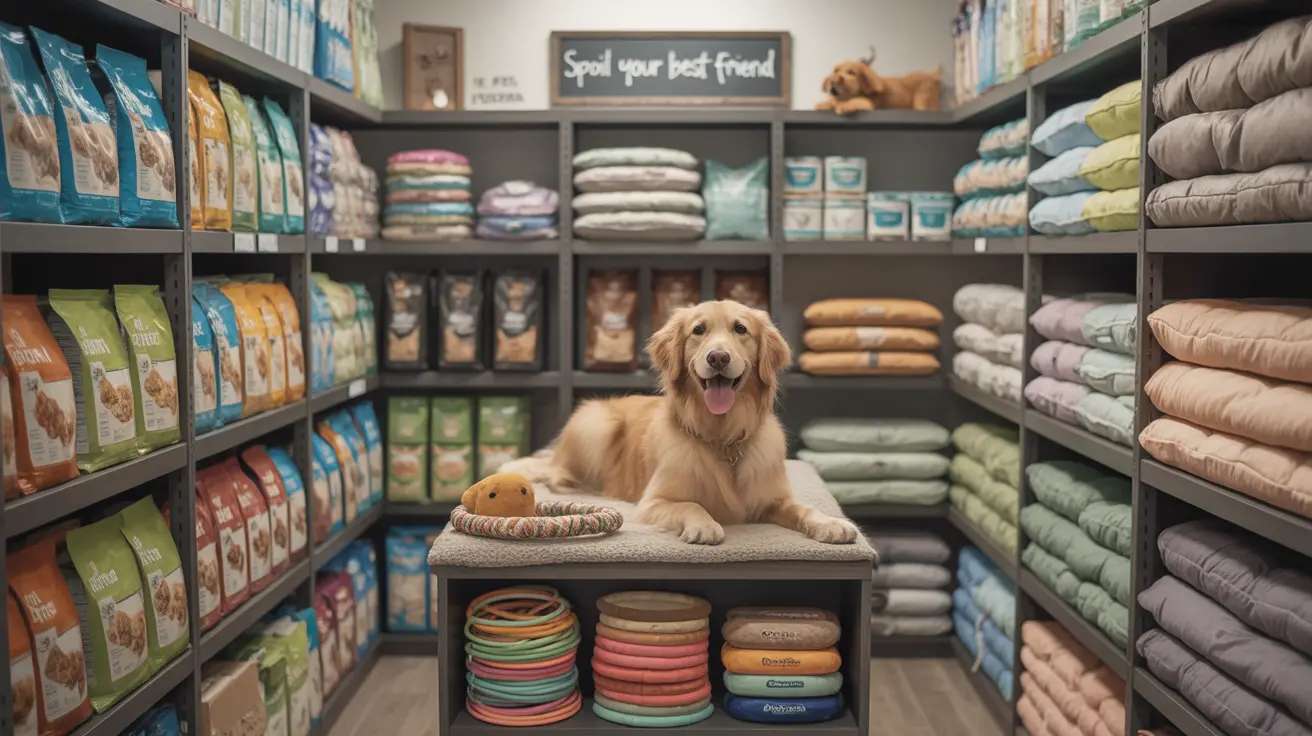Keeping Dogs Out of the Litter Box: Practical Strategies for Multi-Pet Homes
Anyone with both cats and dogs knows the struggle: your cat needs a private place to do their business, but your dog sees the litter box as a tempting snack bar. Preventing dogs from accessing the litter box is important for both hygiene and health. Let's explore proven solutions that work for households with pets of all sizes.
Why Do Dogs Eat from the Litter Box?
Dogs are natural scavengers. The smell of cat feces can be irresistible to them, leading to behaviors that may seem gross but are quite common. However, this habit isn't just unpleasant—it can expose your dog to bacteria like salmonella, parasites such as roundworms or toxoplasma, and even cause allergic reactions or intestinal blockages (especially if clumping litter is involved).
- Health risks: Digestive upset, vomiting, diarrhea
- Parasite transmission: Roundworms, toxoplasma
- Litter ingestion: Potential for constipation or blockages
If you notice signs like vomiting, lethargy, loss of appetite, or bad breath after your dog raids the litter box, consult your veterinarian promptly.
Physical Barriers: The First Line of Defense
The simplest way to keep dogs out is to physically restrict access. Here are some methods:
- Separate Room: Place the litter box in a room closed off with a baby gate or pet gate. If you raise the gate slightly off the floor, cats can slip underneath while most dogs can't.
- Latches and Door Props: Install a latch that keeps doors open just enough for your cat but not wide enough for your dog.
- Cat Doors: Use a standard or microchip-controlled pet door so only your cat can enter.
- Clever Placement: Put the litter box behind furniture, inside closets, on sturdy counters, or on shelves—anywhere that's accessible to cats but not dogs.
A DIY Solution: The Double-Crate Litter Box
If commercial options don't fit your needs—especially for large cats—a homemade double-crate setup works wonders. Here’s how it’s done:
- Nest an 18-gallon storage crate inside a larger (30-gallon) crate.
- Create an entryway by cutting holes sized for your cat but too small for your dog (for example: 5.5 inches wide by 8.5 inches tall).
- Add a false floor "foyer" between crates to anchor the inner pan and block direct access from outside.
- Smooth all edges and optionally add holes in the lid for light if needed.
This setup not only deters dogs but also keeps more litter inside as cats exit—less mess on your floors!
Litter Box Enclosures & Furniture
You might consider enclosed boxes or special furniture designed to hide litter pans. While these may keep out large dogs, be aware that many cats dislike enclosed spaces—they may avoid using them if they feel trapped or stressed. Covered boxes can also be tough on older cats or those with mobility issues.
Litter Box Location Matters
Cats prefer quiet places with multiple exits so they don’t feel cornered. When moving or modifying their box location (to thwart canine intruders), do it gradually so you don’t stress out your feline friend.
- Avoid high-traffic areas where dogs linger.
- If possible, use rooms with doors you can modify for selective access.
The Role of Training
You can train some dogs to leave the litter box alone using positive reinforcement and commands like "leave it." However, this isn’t always foolproof—especially when you’re not around to supervise. Physical barriers are generally more reliable than training alone.
Add-On Tips & Tricks
- Clean frequently: Remove waste often so there’s less temptation for curious pups.
- Larger containers: Use big bins with small side openings far from where you place the pan inside; this makes entry harder for dogs.
- Litter box furniture: Choose pieces with built-in barriers that match home decor while serving a practical purpose.
- Pet fences & climbing trees: Combine gates with vertical elements only cats will use—especially useful if you have small dogs who might squeeze through gaps otherwise.
Troubleshooting Common Problems
If physical barriers fail (some small dogs are surprisingly agile!), adjust opening sizes or combine several strategies until you find what works best in your home. Always prioritize both pets’ comfort and safety when making changes—cats need easy access without feeling threatened or trapped by new setups.





